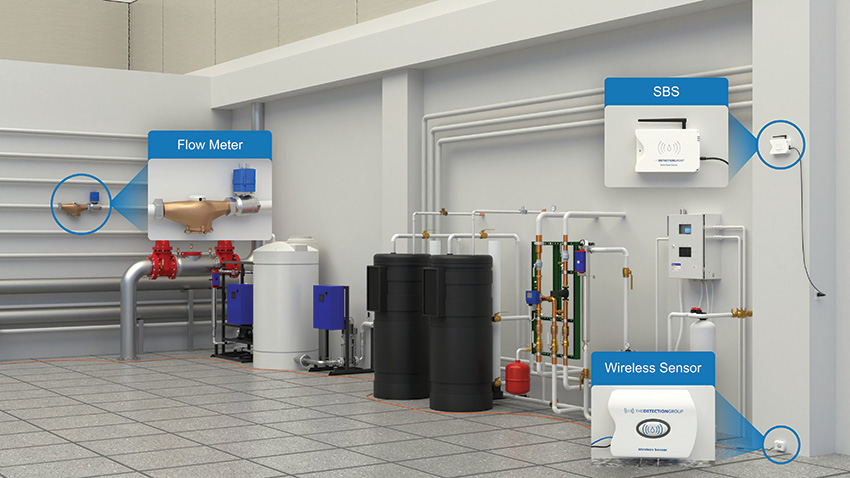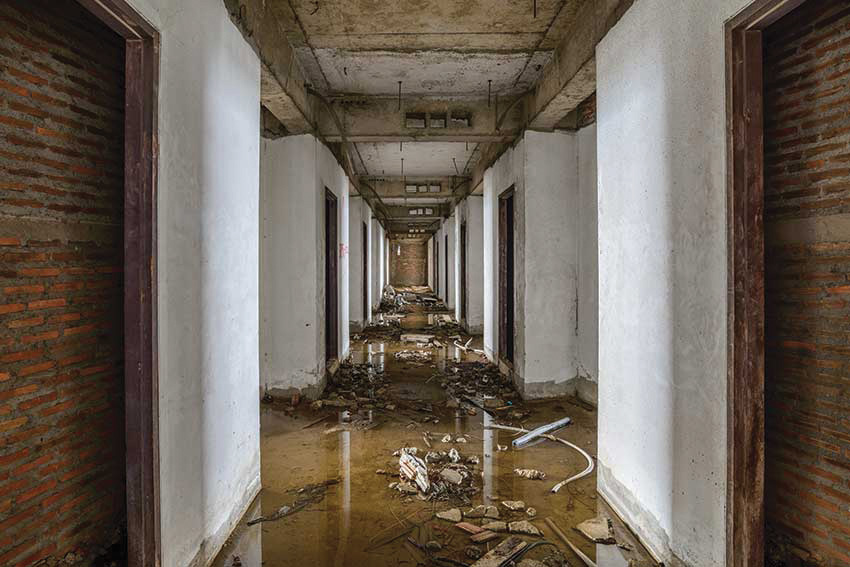Controlling Water Use in Sustainable Buildings
Learning Objectives:
- Recognize why water efficiency is a critical concern in green commercial buildings of all types related to the safety and health and welfare of occupants.
- Identify the LEED water efficiency criteria for prerequisite requirements and credit opportunities for environmentally conscious design.
- Describe different types of leak detection systems intended to assure water efficiency during building operations while protecting people and property.
- Explore wireless leak detection systems in commercial buildings based on attributes and options for greater efficiency, enhanced human safety, and health.
Credits:
This course is approved as a Structured Course
This course can be self-reported to the AANB, as per their CE Guidelines
Approved for structured learning
Approved for Core Learning
This course can be self-reported to the NLAA
Course may qualify for Learning Hours with NWTAA
Course eligible for OAA Learning Hours
This course is approved as a core course
This course can be self-reported for Learning Units to the Architectural Institute of British Columbia
Water is needed in commercial buildings for a variety of reasons. People require it for drinking while some is also needed for sanitation. Building systems require additional water, particularly for hydronic heating and cooling systems or for landscape irrigation. As long as water is properly contained and channeled in all of these systems, then it can be used efficiently consistent with water conservation standards. However, if a leak or some other malfunction occurs, then water is wasted or can cause damage. This is a particular concern in green building design where the use of water is intended to be monitored and controlled. In fact, the LEED Rating System from the U.S. Green Building Council recognizes water efficiency as one of the primary categories of effective green building design. Based on all the foregoing, this course looks at the issue of water leaks and the related water waste and potential damage concerns. It also reviews some of the traditional means to safeguard against water leakage by using several types of detection systems. The latest technology of using a wireless leak detection system is explored and compared to other systems to help design professionals make decisions on specifying the most appropriate and sustainable system for commercial buildings.

Photo courtesy of WATTS Water Technologies
The efficient use of water in buildings is a premise of any sustainable building. Monitoring water use and controlling for any potential leakage is key to long-term performance.
THE ISSUE: EXCESSIVE USE OF WATER
Water is increasingly recognized as a precious commodity, with scarcity of supply a growing concern in many regions. Since it is a necessity for life and needed for many building operations, it is appropriate to look more closely at where that water is being used. According to the U.S. Environmental Protection Agency (EPA), water is typically consumed for the following multiple purposes in commercial buildings:
- Restrooms/drinking–an average of 37 percent of total use
- Cooling and heating–an average of 28 percent of total use
- Landscape watering–an average of 22 percent of total use
- Kitchen / dishwashing–an average of 13 percent of total use
All these water uses need systems that provide water in a manner that is efficient, meaning they only use the appropriate amount of water when and where it is needed. Systems that waste water by using too much for the intended purpose are less sustainable and can end up being costly over time. Some of the approaches to prevent excessive water use include:
- Conservation efforts that use intentional design efforts to reduce or eliminate water usage.
- Specifying equipment and systems that use water as efficiently as possible within those systems.
- Setting up a means to monitor ongoing water usage within a building or facility.
- Incorporating a system to detect and respond to water leaks, unusual water consumption, or excessive water flow.
Any of these strategies can be applied to any of the water usage categories described by EPA.

Photo courtesy of WATTS Water Technologies
An undetected water leak not only destroys water efficiency, it can cause considerable damage to a building, interrupt building operations, and create potentially unsafe indoor environments for occupants.
Leaking Water
According to the insurance industry, water damage is the number one cause of property loss claims in commercial buildings by a significant margin. On average, 57 percent of all real estate insurance claims made are for water damage, leaving only 43 percent for everything else. The bigger picture reality is that water leaks happen all the time and in almost every building. That means that even the most efficient designs for water systems can be severely compromised if a leak develops while the building is operating, and the chances are high that it will.
The significance of water leaks should not be underestimated, since several unintended outcomes come about:
- Water efficiency and conservation is completely undermined if a plumbing system develops undetected water leaks that go on over time.
- Water leaks can cause severe damage not only to building finishes, systems, and even the structure, but also to building contents as well such as machinery, equipment, furniture, records, computers, etc.
- People can be directly impacted not just by getting wet, but water leaks cause mold to grow, which can directly impact human health and indoor environmental quality.


















